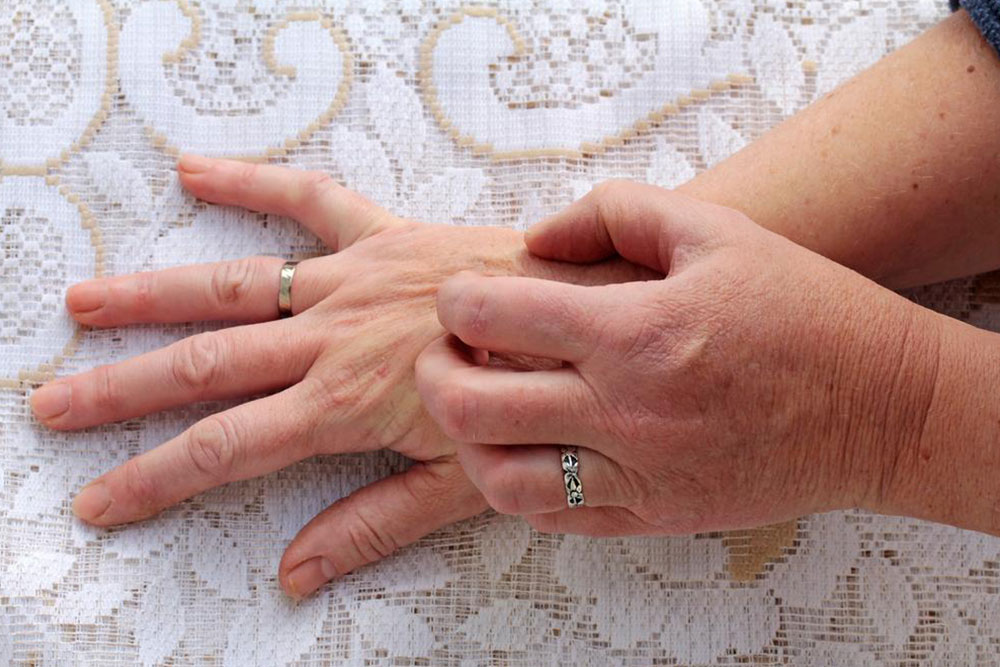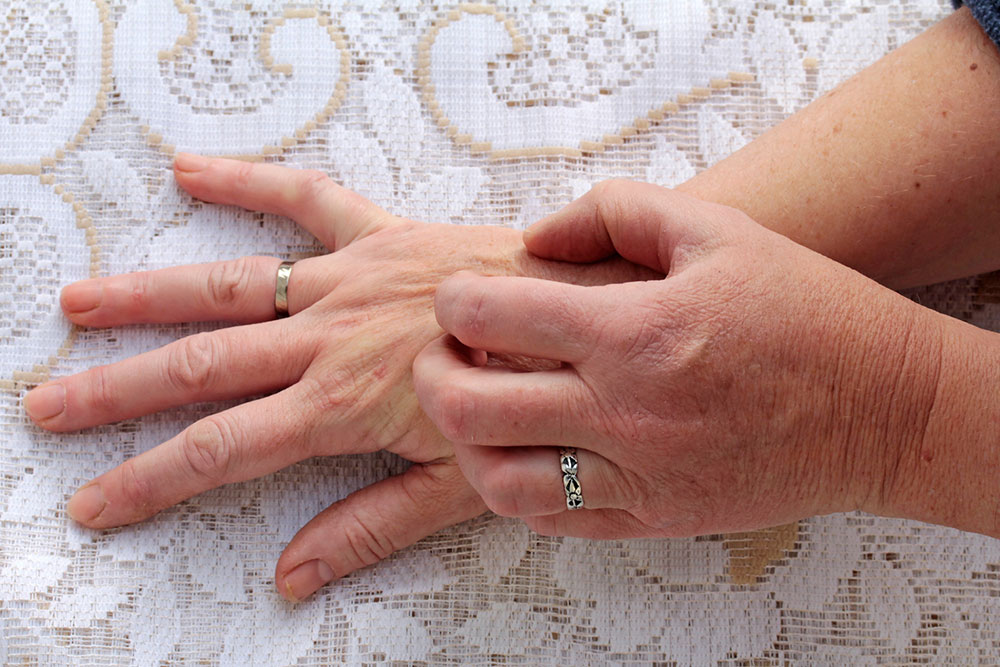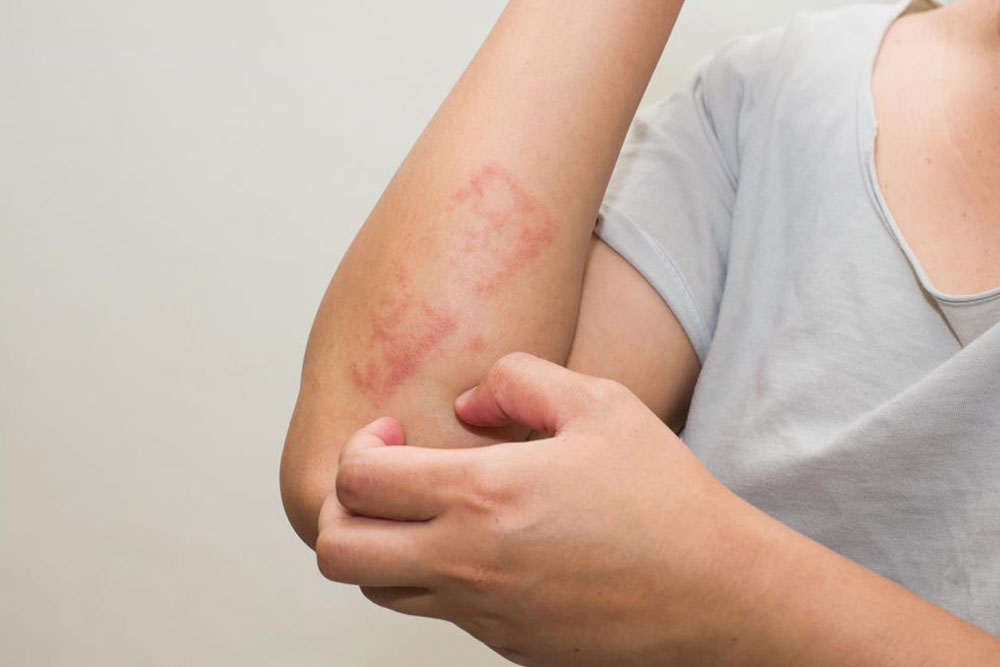Complete Guide to Identifying and Managing Scabies Infestation
This comprehensive guide offers in-depth information on identifying, diagnosing, and treating scabies, a highly contagious skin condition caused by mites. It emphasizes early detection, treatment protocols like permethrin and ivermectin, and prevention measures to control outbreaks in families and communities. Understanding the signs such as itching, burrows, and skin rashes is essential for prompt action, reducing spread, and ensuring effective recovery. Suitable for patients, caregivers, and healthcare providers, this article provides valuable insights into managing and preventing scabies infestations effectively.

Complete Guide to Identifying and Managing Scabies Infestation
Scabies is a highly contagious skin condition caused by the microscopic mite Sarcoptes scabiei. This parasitic infestation results in intense itching and skin discomfort, particularly worsening during nighttime hours. Given its contagious nature, understanding how to recognize, diagnose, and treat scabies effectively is essential for preventing its spread. This comprehensive guide offers detailed insights into the causes, symptoms, diagnostic methods, and treatment options available for managing scabies in different age groups and settings.
Scabies is transmitted primarily through direct skin-to-skin contact, which makes close physical interactions such as family contact, sexual activity, or sharing bedding and clothing potential routes of infection. Unlike some skin conditions that may spread through casual social contact, scabies usually requires prolonged or intimate contact for transmission. The causative agent, Sarcoptes scabiei, burrows into the upper layer of the skin, creating characteristic tunnels or burrows that can be visually identified by trained healthcare providers. These burrows appear as thin, irregular, threadlike lines on the skin surface, often accompanied by an inflammatory response manifesting as rashes or small bumps.
Notably, scabies can affect individuals of all ages, genders, and ethnicities, with over 300 million cases reported globally every year. Due to its highly contagious nature, outbreaks are common in crowded environments such as nursing homes, hospitals, dormitories, and refugee camps. The condition's persistence and ease of transmission highlight the importance of early detection and timely treatment to prevent its widespread dissemination.
Symptoms usually manifest after a period of 2 to 6 weeks following initial exposure, although in previously infected individuals, symptoms may appear sooner. The hallmark sign of scabies is intense itching, which often worsens at night and can severely disrupt sleep patterns. The skin lesions primarily include red, inflamed bumps, small blisters, or pustules, commonly observed in areas of skin folds such as between the fingers, on the wrists, elbows, waistline, groin, and buttocks. In infants and young children, affected areas may include the face, neck, palms of hands, and soles of feet—areas that are generally spared in adults with traditional scabies.
Apart from the visible skin reactions, a distinctive feature of scabies is the presence of tiny, threadlike burrows. These burrows, which are usually less than a centimeter long, resemble thin red or brown lines on the skin and are best visualized under good lighting conditions. The itching associated with scabies can be persistent and profound, often leading to scratching-related skin injuries, secondary bacterial infections, or dermatitis.
Accurate diagnosis of scabies involves clinical examination and, in some cases, microscopic identification of mites, eggs, or mite fecal matter from skin scrapings. Because symptoms can mimic other skin conditions, healthcare providers may use dermoscopy or perform skin biopsies for definitive confirmation. Prompt diagnosis is essential for effective treatment and to prevent further spread of the infestation.
Treatment of scabies requires topical and sometimes oral medications. The most common topical agent is permethrin cream, a synthetic insecticide applied evenly over the entire body from the neck down, left on overnight, then washed off. This treatment is typically repeated after one week to eradicate newly hatched mites. In addition to permethrin, other topical options such as crotamiton lotion or sulfur ointments may be used, particularly in special populations like pregnant women or infants.
Oral medication, particularly ivermectin, can be prescribed in cases of extensive infestation, treatment failures, or when topical applications are impractical. Patients should be advised to wash all clothing, bedding, and towels in hot water and to vacuum living areas thoroughly to eliminate mites from fomites. It is equally important to treat all close contacts simultaneously to prevent reinfection.
Most patients experience significant relief within one to two weeks of therapy. However, persistent itching and skin irritation may last longer due to allergic reaction to mites or skin healing processes. In cases where symptoms endure despite treatment, further medical evaluation is warranted to rule out misdiagnosis or resistant infestations. Prevention strategies include maintaining good personal hygiene, minimizing close contact with infected individuals, and regularly cleaning potentially contaminated items and environments.
In summary, recognizing the signs of scabies early and initiating appropriate treatment are critical steps in controlling its spread. Healthcare professionals are equipped with effective diagnostic tools and therapeutic options to manage this common parasitic skin condition. If you suspect you or someone in your household has scabies, consult a healthcare provider promptly to confirm diagnosis and begin effective treatment measures. Maintaining awareness and practicing good hygiene can significantly reduce the risk of outbreak and protect public health.





